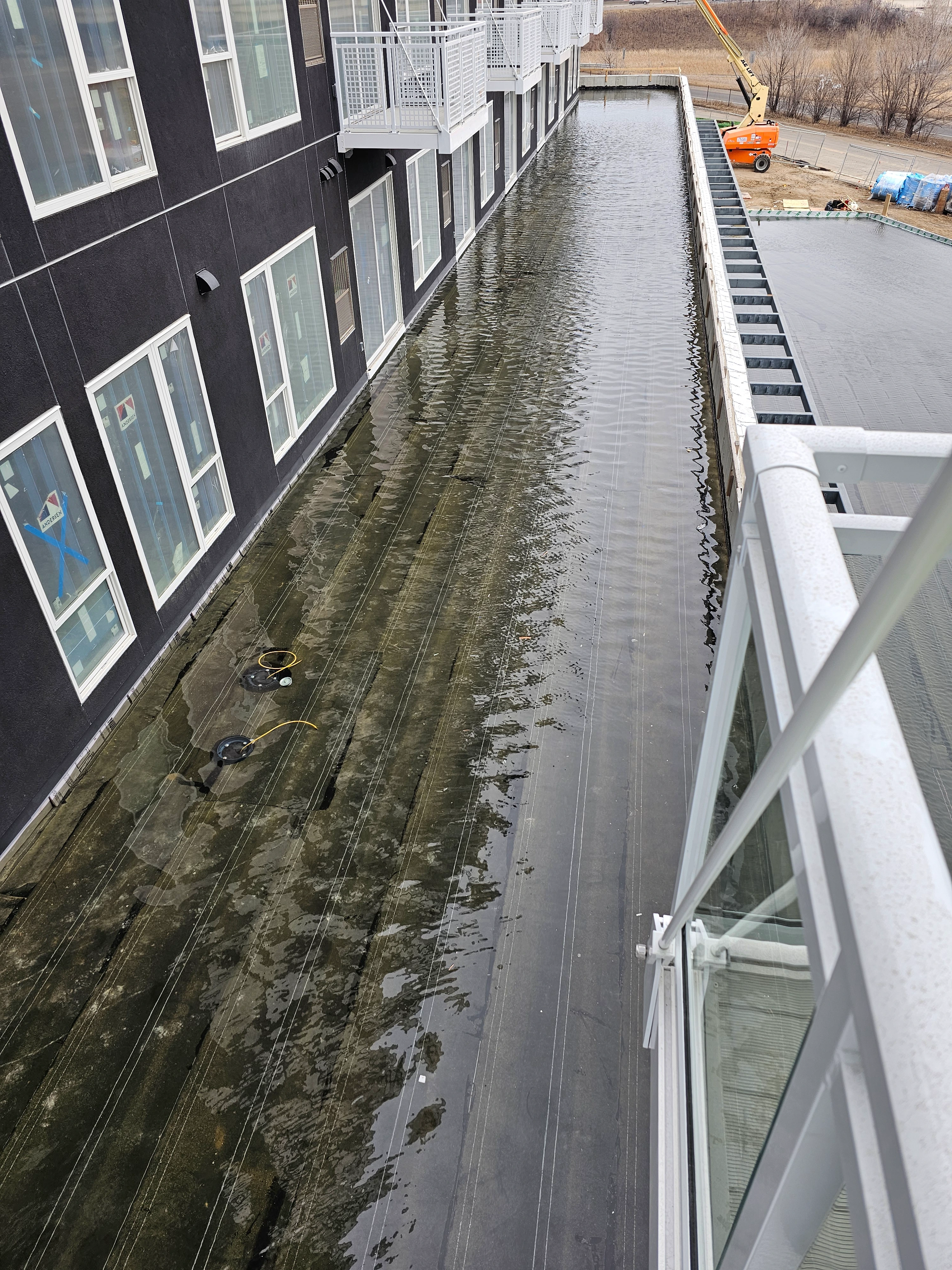
Free Consultation
Wanna chat? Tap to call or text
Building enclosure testing is pivotal in determining the resilience and efficiency of architectural designs, particularly in facing environmental challenges like storms, hurricanes, and other environmental factors. However, the complexity of conducting such tests can be daunting for many in the construction and architectural fields.
We hope to shed some light on the testing process while highlighting testing methods that ensure building integrity. We’ll explain the value of testing and offer insights into different testing techniques that all lead to improved quality.

When it comes to air, water, and structural testing, the process typically begins with an architect, building owner, or general contractor submitting a test request to a qualified testing agency. In some cases, the testing agency will fabricate a full-scale one- or two-story test wall. But often, when a test wall isn’t needed, testing will take place on the building itself.
In either case, blowers, vacuums, and pressurized water are used on the wall system to replicate environmental conditions. When the test is complete, the structure is inspected and its response is measured using sensors and computer software.
A comprehensive report is then provided to the building team outlining the scope and results.
Send us a message and we’ll get you a copy so you can see what goes into the testing process.
Once the testing is complete, the design/build team can examine the data to check for any signs of air and moisture infiltration. They might even be able to spot visible traces of water leakage in the system. It's not unusual for wall systems to fail testing, but that doesn't necessarily mean it's a bad thing.
Visual analysis can indicate locations of failure and help identify any flaws in the design or construction process. With this information, teams can revise their designs, construction process, or material selection.
Building envelope testing will ultimately prevent costly damage and rework in the field. Just imagine a defect in a window installation that is replicated 200 times across an apartment complex. Water infiltration will be costly to the building owner and its occupants.
Building envelopes act as the first line of defense against environmental factors. Comprehensive testing of these enclosures ensures that they meet the required standards for air and water tightness, which are crucial for protecting the building's interior and structural integrity.
New technologies and methodologies are constantly emerging, which enhance the precision of building tests. From digital monitoring tools to advanced simulation software, these innovations allow for more detailed and accurate assessments.
As technology advances, so does testing standards and specifications. The American Architectural Manufacturing Association (AAMA) which is now known as the Fenestration & Glazing Industry Alliance (FGIA) frequently makes updates to testing methods. All changes, although challenging at first, are good for the industry and good for building owners as they improve the quality of buildings.
Building envelope testing is more than just a good idea; it is a crucial practice that ensures the safety, durability, and efficiency of buildings. By adopting advanced testing methods and embracing technological innovations, architects and builders can significantly enhance the quality of their projects, offering peace of mind and safety to all stakeholders involved.
When it comes to building envelope testing, Factor is the company you can rely on. Our team of qualified and trained personnel is dedicated to providing professional, accurate, and reliable results. We understand the importance of your building, and our expertise is at your disposal.
Be confident that the building envelope and products are installed per manufacturer instructions and are up to, or exceed, building codes. Contact us today!